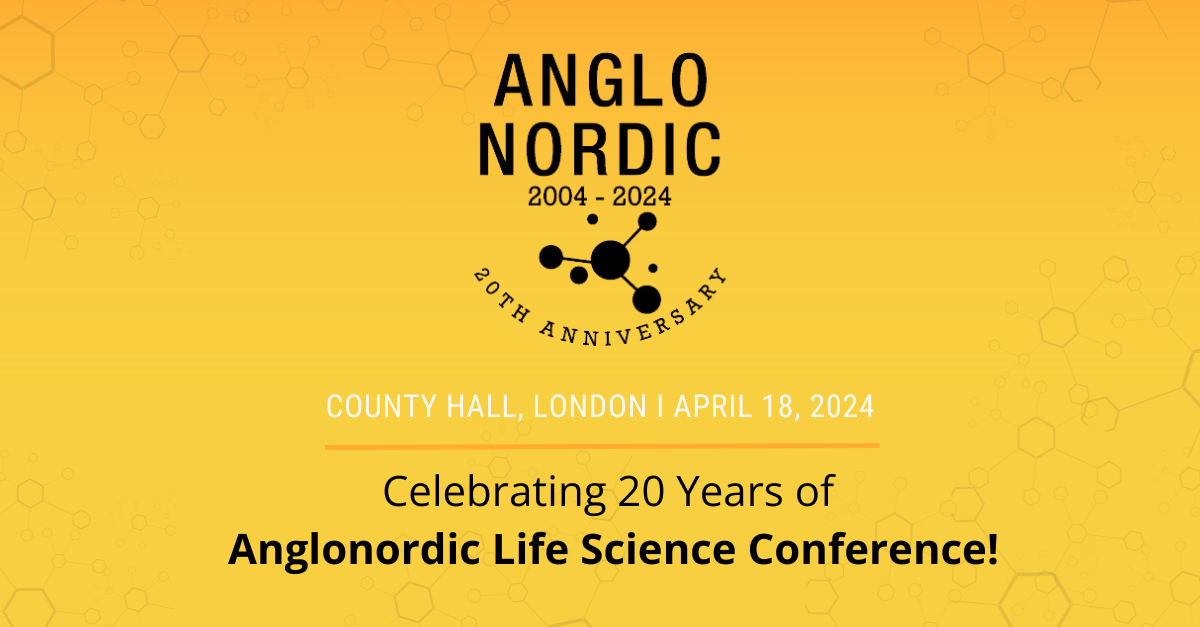New data unveiled Saturday provide further evidence that a type of genetic medicine developed by the biotech Bluebird Bio might keep boys with a progressive, often deadly brain disease alive and free of major disabilities.
ALD, short for adrenoleukodystrophy, is a rare illness primarily affecting boys in which genetic mutations lead to a toxic buildup of fatty acids in the brain and spinal cord. Around 40% of patients develop the most severe form of the disease, cerebral ALD, which erodes the protective covering around nerve cells needed for thinking and muscle control.
Over time, CALD can strip patients of their sight and ability to communicate, among other critical functions. It also progresses rapidly. In many cases, patients die within five to 10 years after first showing symptoms.
It’s a “very disastrous” disease, said Jörn-Sven Kühl, the head of pediatric stem cell transplantation at Germany’s University Hospital Leipzig.
Kühl is the lead investigator for Starbeam, a clinical trial Bluebird began in August 2013 to test whether CALD patients would benefit from a gene therapy known as eli-cel. So far, results have been encouraging, Kühl said. Saturday’s update, given at a virtual meeting of the European Society for Blood and Marrow Transplantation, offers a snapshot of how patients were doing as of this January.
Of the 23 patients who received the therapy at least two years prior to the January cutoff, 20 had met the study’s main goal: They were alive and without major functional disabilities like wheelchair dependence or need for tube feeding. Kühl said two of the others left the study early because investigators feared they weren’t responding to treatment. The final patient died after experiencing rapid disease progression, which Kühl said is not unheard of in a disease like CALD.
Nine more boys had been enrolled into Starbeam before the January cutoff. Bluebird said none of them had showed signs of major functional disabilities, though they weren’t yet two years post-treatment.
A total of 32 patients had been given Bluebird’s therapy as of January, by which time 14 had at least four years of follow-up — and 10 had five years. According to Bluebird, 31 of the 32 patients have also had stable scores on a test that evaluates their neurological function.
Perhaps just as important, patients also appear to be tolerating Bluebird’s therapy — and the chemotherapy-based conditioning regimen they must undergo beforehand — relatively well.
To make eli-cel, Bluebird harvests stems cells taken from the CALD patient’s blood, and uses a modified virus to deliver functional copies of the mutated gene into them. Those cells are then infused back into the patient, where they make new cells meant to produce the key protein CALD patients lack.
This process differs from the only treatment currently available for these patients — so-called allogeneic transplantation — which uses stem cells from a donor and comes with several risks. The donor’s cells may be rejected by the recipient, or worse, attack healthy tissues, leading to what’s known as graft-versus host-disease.
Bluebird hasn’t seen any of this in clinical testing of eli-cel thus far. It also hasn’t seen the viral component of eli-cel accidentally cause tumors by inserting genetic instructions in the wrong place, something that was observed with another ex vivo gene therapy tested many years ago.
“The superiority is clearly in the safety aspects,” Kühl said, refering to how eli-cel compares to allogeneic transplants. With efficacy, meanwhile, “it seems to be similarly effective, at least in patients with early disease course,” he added. Researchers don’t yet know how well eli-cell would work in those whose disease is more advanced.
Bluebird is now enrolling patients in a separate study called ALD-104, which uses a different chemotherapy conditioning regimen than Starbeam. Though it’s early — the 13 patients have only been tracked for a median of about six months post-treatment — Bluebird also hasn’t seen any examples of graft-versus-host disease or cancer.
One patient in Starbeam did have a serious adverse event, however, in the form of an inflamed bladder due to a viral infection. There were also two non-serious cases of vomiting. Bluebird said investigators think these events may be related to eli-cel treatment, though Kühl notes they could also be from the conditioning procedures.
Additionally, two ALD-104 patients have had ongoing low blood cell counts that the lead investigator classified as suspected unexpected serious adverse reactions. Also ongoing as of February was a Grade 3 serious adverse event of transverse myelitis — a kind of spinal cord inflammation — that Bluebird has deemed unrelated to the gene therapy.
These incidents show that there are still outstanding questions about eli-cel that need to be answered through further testing.
“This is clearly a limited number of patients with limited follow up time,” Kühl said. “So we can not fully exclude that there might be some unexpected events.”

























